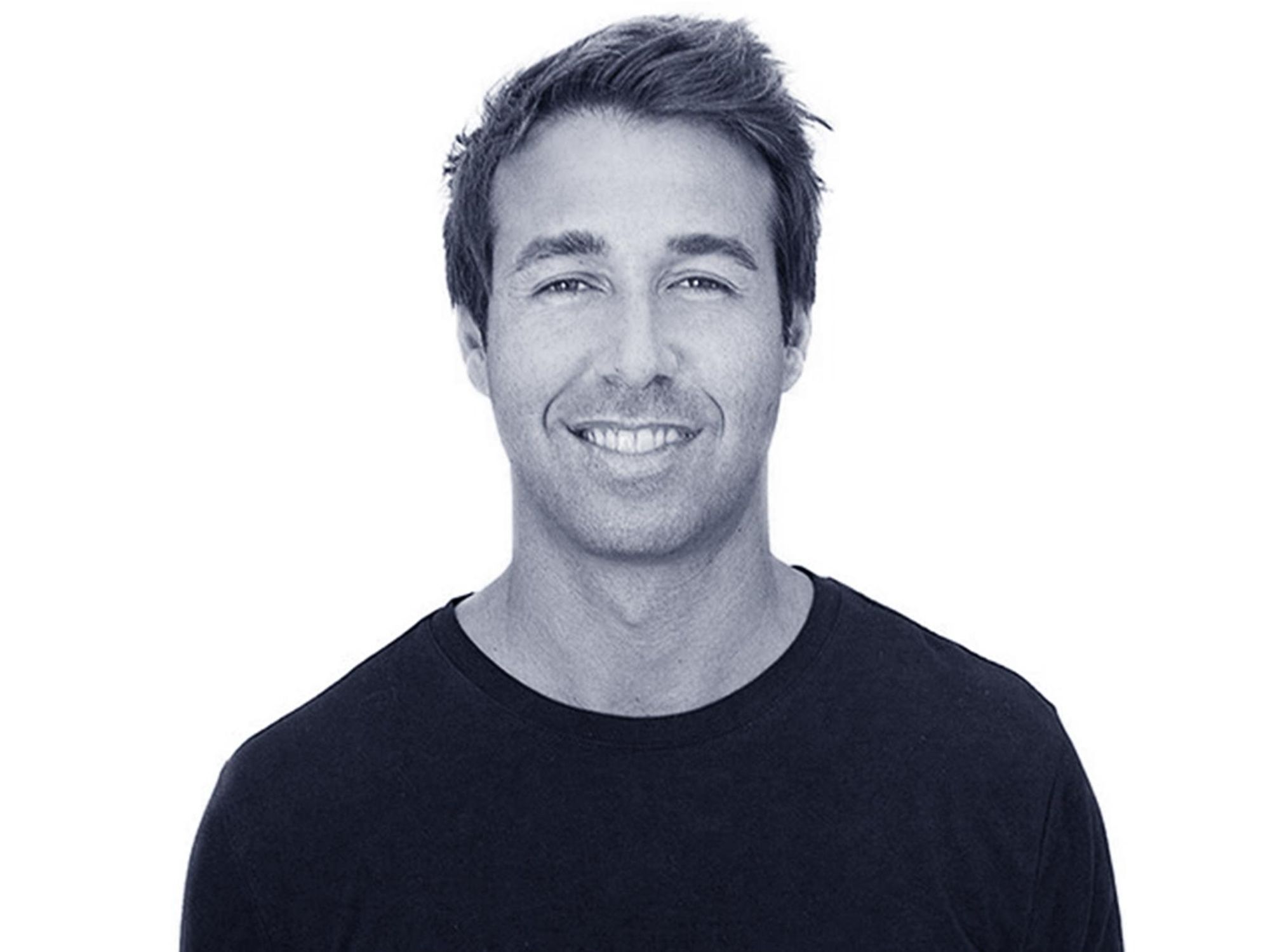Hyperice’s Anthony Katz Accidentally Became an Entrepreneur

Anthony Katz didn’t mean to become an entrepreneur. But a chance meeting with Kobe Bryant in 2011 turned his “art project” into a game-changer for his career and the world of sports tech.
On this episode of PCH Driven, Katz talks about his journey from high school history teacher and basketball coach to founding Hyperice.
Katz says he loves being on the court himself, but as he aged, he found recovering from aches and pains took longer than what he was used to.
Not wanting to let go of his love for playing basketball, Katz researched what professionals used to recover and soon began to ice his joints in the same way as pro-players— with bags of ice saran-wrapped to his legs.
But Katz found the method pro-players’ used was too messy. Instead, he cut neoprene and put medical bags of ice inside. His interesting approach caught the eye of Kobe Bryant’s trainer — and a friend of Katz’s — who told him that Bryant wanted to see his “ice project.”
“The first time I met him, it was just like, ‘Whoa’. I didn’t really feel I had anything worthy really showing him. It was just this thing I was trying to do,” Katz says. But Bryant saw promise in Katz’s ice project.
“Let me use it for a while and I’ll give you some feedback,” Bryant suggested.
And so, Katz became, in his words, an “accidental adventurer entrepreneur.” With a laundry list of feedback on how to improve the product from Bryant, Katz moved the ball forward.
“I have to make this product perfect for [Bryant], because I knew if I made it for him, that’d be good enough for everybody else. Because his standards were super high, and his focus on what he would use was really high,” Katz says. “He’s like, ‘Well it took you a while, but, you know, you actually got here'.”
Bryant was all in. Meanwhile, Katz “literally hustled” to get the product to big-time athletes like LeBron James.
Eventually, Katz began to research medical devices used for recovery, and says they were “big, expensive devices you would never want in your home.” With this in mind, he turned his attention to designing another Hyperice product that was portable, modern-looking, and provided quick relief during recovery. He took elements from these “super outdated” machines like their use of vibrational frequencies and implemented them into foam rollers.
“I think I'm an opportunist in that I got a window into an industry that was outdated, that wasn't speaking to the athlete. It was medical device companies making rehabilitation products when athletes really wanted recovery products,” says Katz. “And so I just listened and was able to put a team around me that figured out how to make some really great products that [are] now just table stakes in every training room in the world.”
Today, Hyperice can be found on top-tier athletes including Naomi Osaka, Patrick Mahomes and Amanda Nunes.
Subscribe to PCH Driven on Apple, Stitcher, Spotify, iHeart, Google or wherever you get your podcasts.
dot.LA Engagement & Production Intern Jojo Macaluso contributed to this post.




